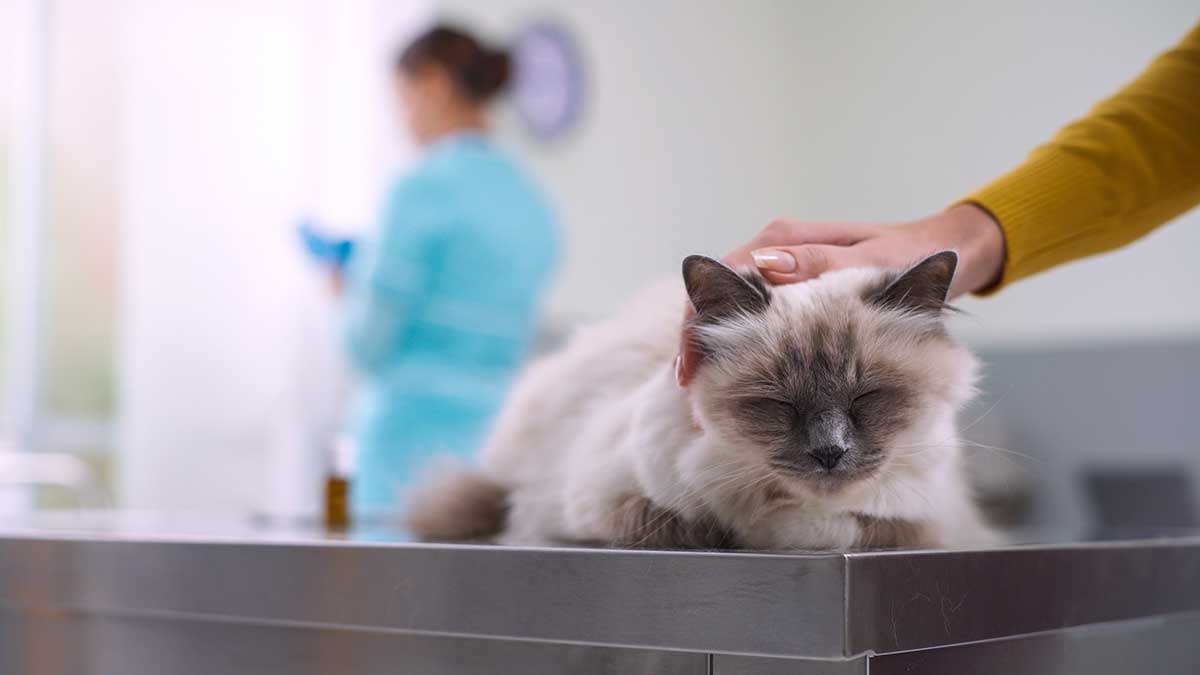Anesthesia and Patient Monitoring
For most pet parents, the most unsettling aspect of any surgery is the use of anesthesia, and we understand that you have a lot of questions about our safety protocols. We adhere to strict AAHA® guidelines regarding anesthesia and patient monitoring, and we are always happy to answer any questions you might have.
There is no such thing as completely risk-free anesthesia. But we do everything that is available to us to make sure your pet is as safe as they can possibly be while under anesthesia.
Pre-Anesthesia Safety

We require a physical exam and annual wellness profile within three months of your pet’s procedure. Primarily, we are checking for liver or kidney problems, or a heart murmur. If we do uncover a concern, it doesn’t necessarily mean that your pet cannot have the procedure. It may just mean that we will alter our drug and IV protocols to better protect your pet.
Every patient has IV fluids throughout any procedure. This ensures that the tissues and organs are perfused with blood and enables us to adjust blood pressure with fluids if necessary.
Patient Monitoring
We monitor our patients very closely using equipment that is similar to what you would see in a human hospital, and we assign a dedicated, certified veterinary technician whose only job is to monitor the patient.
We measure the following:
- Electrical activity of the heart
- Pulse oxygen (the oxygen content in the blood)
- CO2 (a measurement of how efficiently the patient is breathing)
- Continuous blood pressure and temperature readings
- Vital signs every 7 minutes.
General and Local Anesthesia
Most surgeries require the use of general anesthesia, which means the patient will be unconscious and unable to feel pain. We use a human-grade anesthetic gas called sevoflurane. It goes into the body quickly and goes out quickly, so pets are more alert when they go home.
As an added measure of pain management, we will sometimes administer a local anesthetic directly into the area being impacted by the surgical procedure. Local anesthetics cause a loss of sensation in the area where the procedure is being performed.
We understand that any surgical procedure can be scary. Please contact us if you have any questions about our anesthesia protocols.


